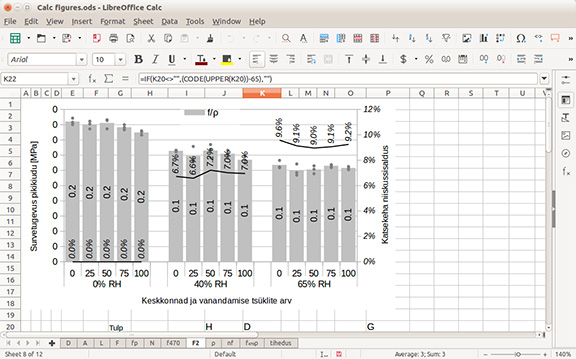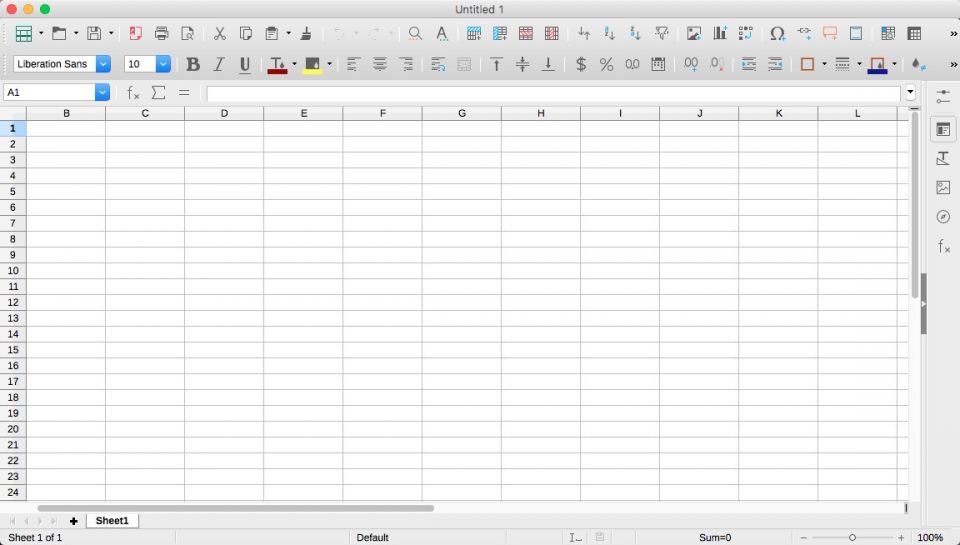

To calculate the sum of the five fields B1 to B5, you use the function =SUM(B1:B5). You may add it manual to a field instead to speed things up.Īll you have to do is add =SUM(XY:XZ) to the field, and replace XY and XZ with cell identifiers in the format B1 or D7. The SUM function is pretty basic and easy to understand. The manual method of adding the SUM function to Calc The sum changes automatically when you change any of the numbers in the selected fields. Use the mouse to select all fields that you want included using a single-click on the first field, the mouse to move, and the Enter-key on the keyboard to complete the operation.Ĭalc should display the sum of the selected fields now automatically.Double-click on SUM to add the function to the field.Click with the mouse button on the field below or to the right of the column or row with the numbers that you want to calculate the sum for.If SUM is not displayed as a function, select Mathematical from the list and scroll down until you see SUM listed. Calc displays functions in a sidebar that it attaches to the right of the spreadsheet. You need to use a function if you want the sum to be calculated automatically by the program. You can highlight the numbers to get the sum and the average displayed to you in the status bar of the program this may be sufficient for some tasks, but automation may speed things up further, especially if you use a function in templates as it will then be available automatically when you use that template. One of the most common things that Calc users do is calculate the sum of numbers, e.g. You enter data in a spreadsheet and may use advanced features such as functions or charts manually or automatically. You would be surprised to discover gems which never hit popular discourse.Using Calc works pretty much the same as in Microsoft Excel.
:max_bytes(150000):strip_icc()/openoffice-calc-570674c53df78c7d9e983c2e.png)

If you are interested, you can consult the issue page for more information.Īs an aside, if you use unknown Emacs Lisp libraries, the librarties that do not make their ways in to ELPAs and MELPAs, I suggest that you watch the original repositories closely. The information about the new Spreadsheet export feature is scattered in this Github Issue. I am extremely happy that the new ODS exporter can get the basic high-school Math-you know addition, subtraction, multiplication and division-right. I don’t expect the new spreadsheet exporter to support the exotic Emacs Calc or Emacs Lisp incantations. So, exercise caution befor your repose full faith on this new exporter, particularly, if you maintain your finances or your small-business accounts with Org. There could be other things that are broken. For example, the exporter gets the grid lines in my demo example wrong. The exporter is a bit rough on the edges. I have test driven this feature simple tables.


 0 kommentar(er)
0 kommentar(er)
